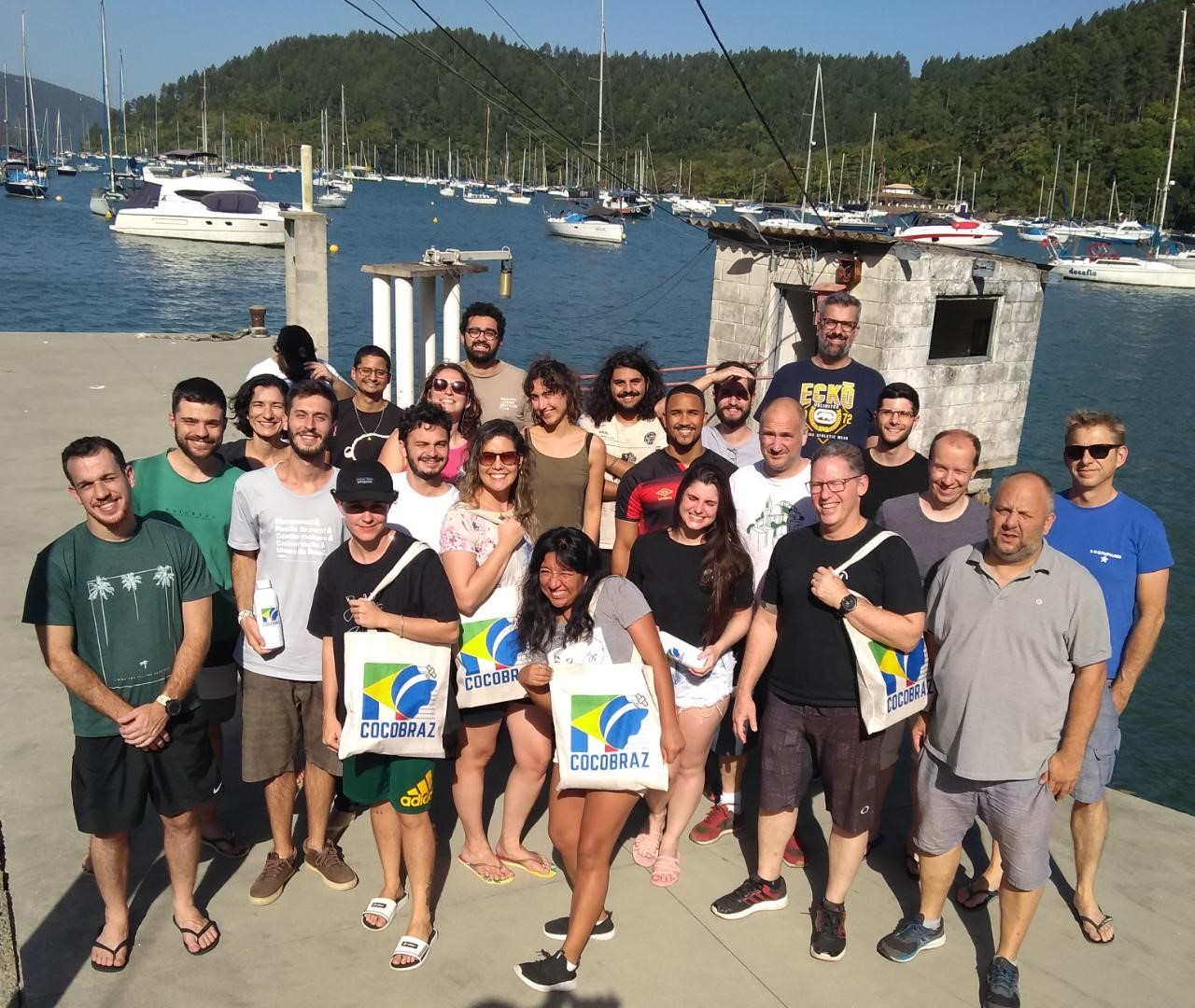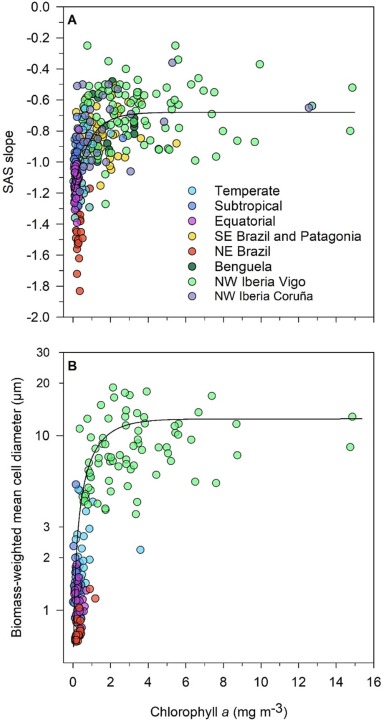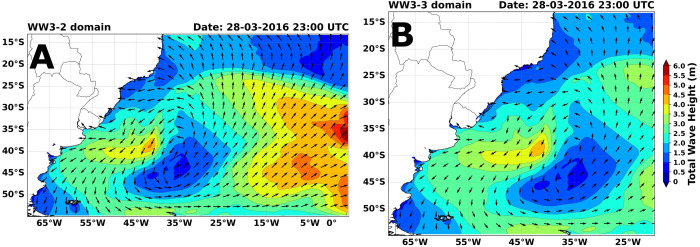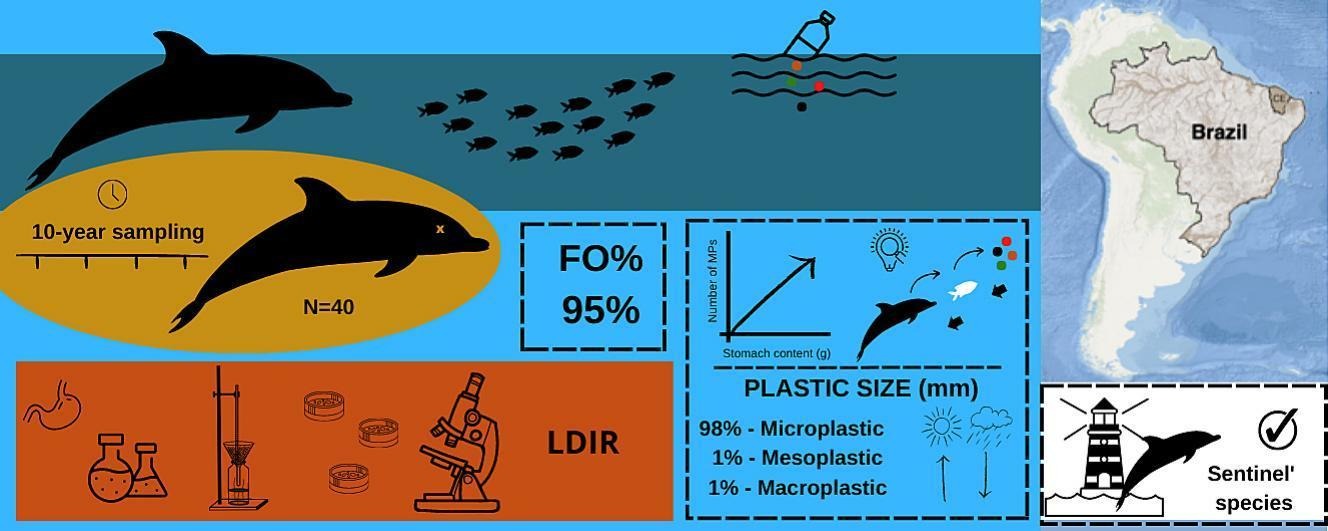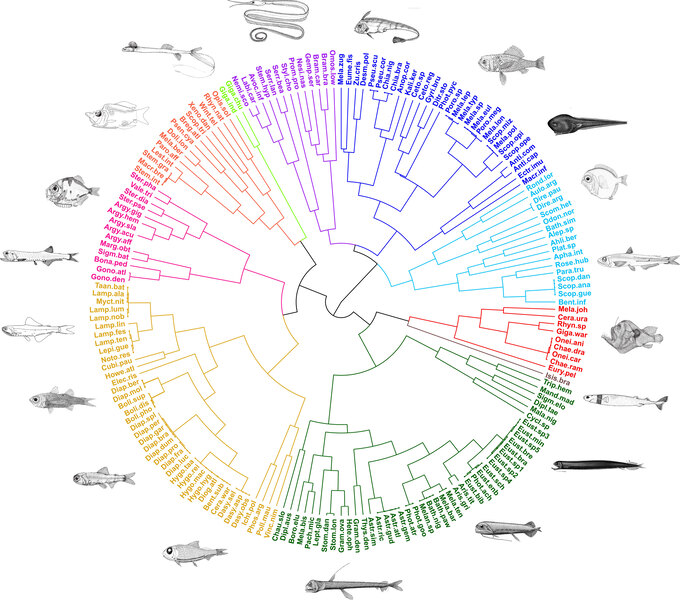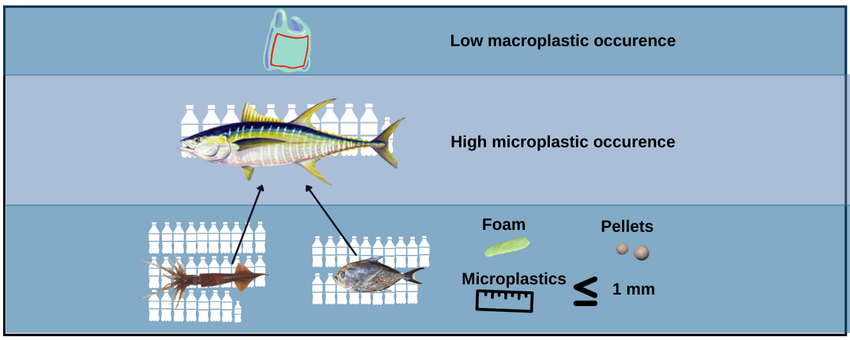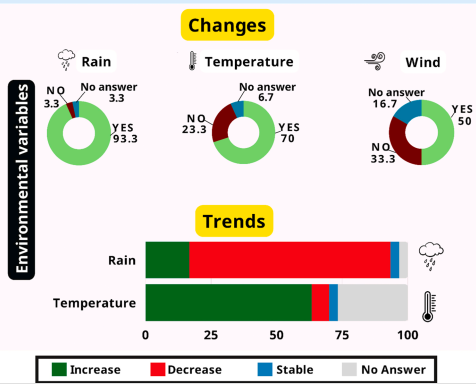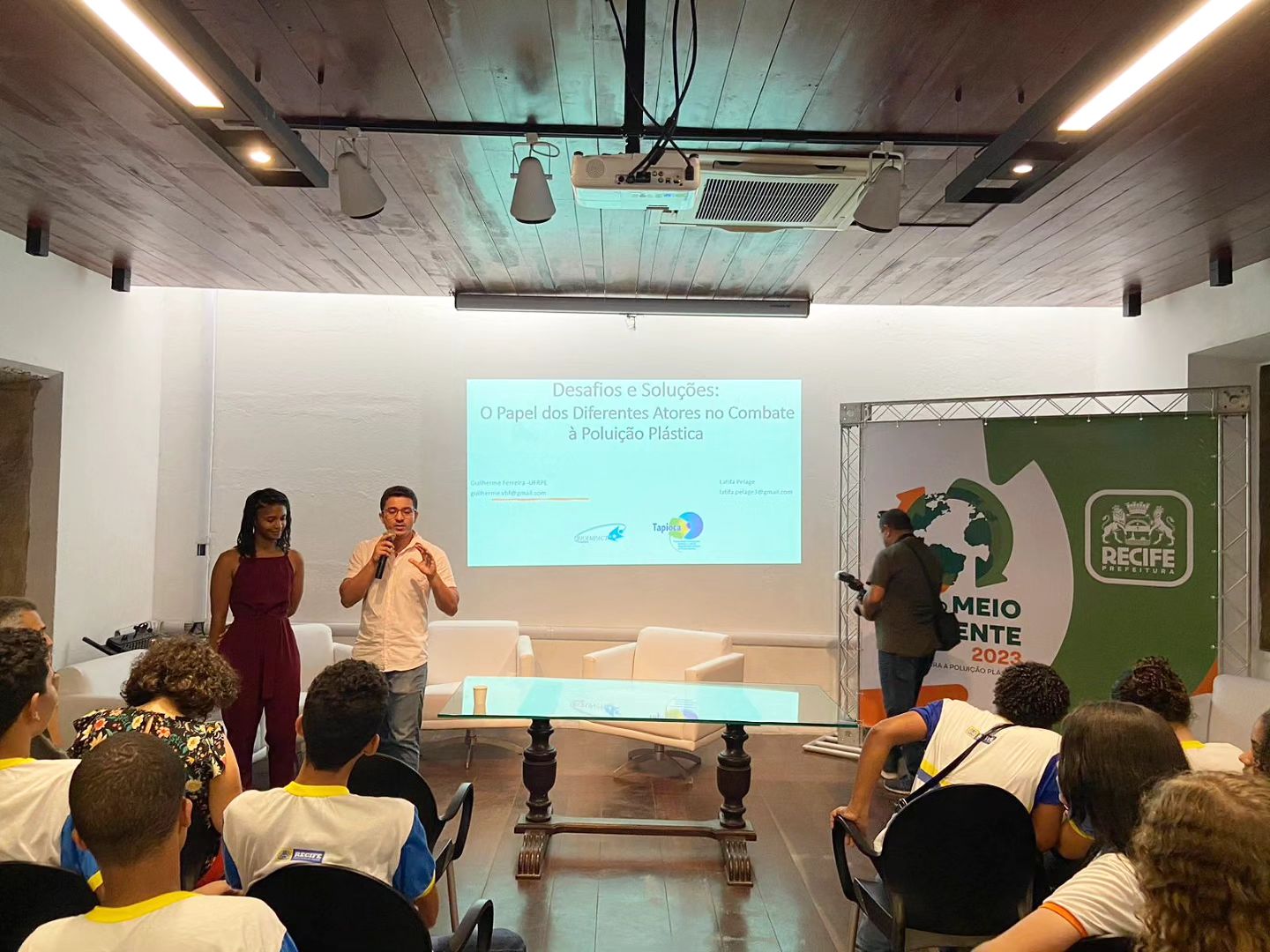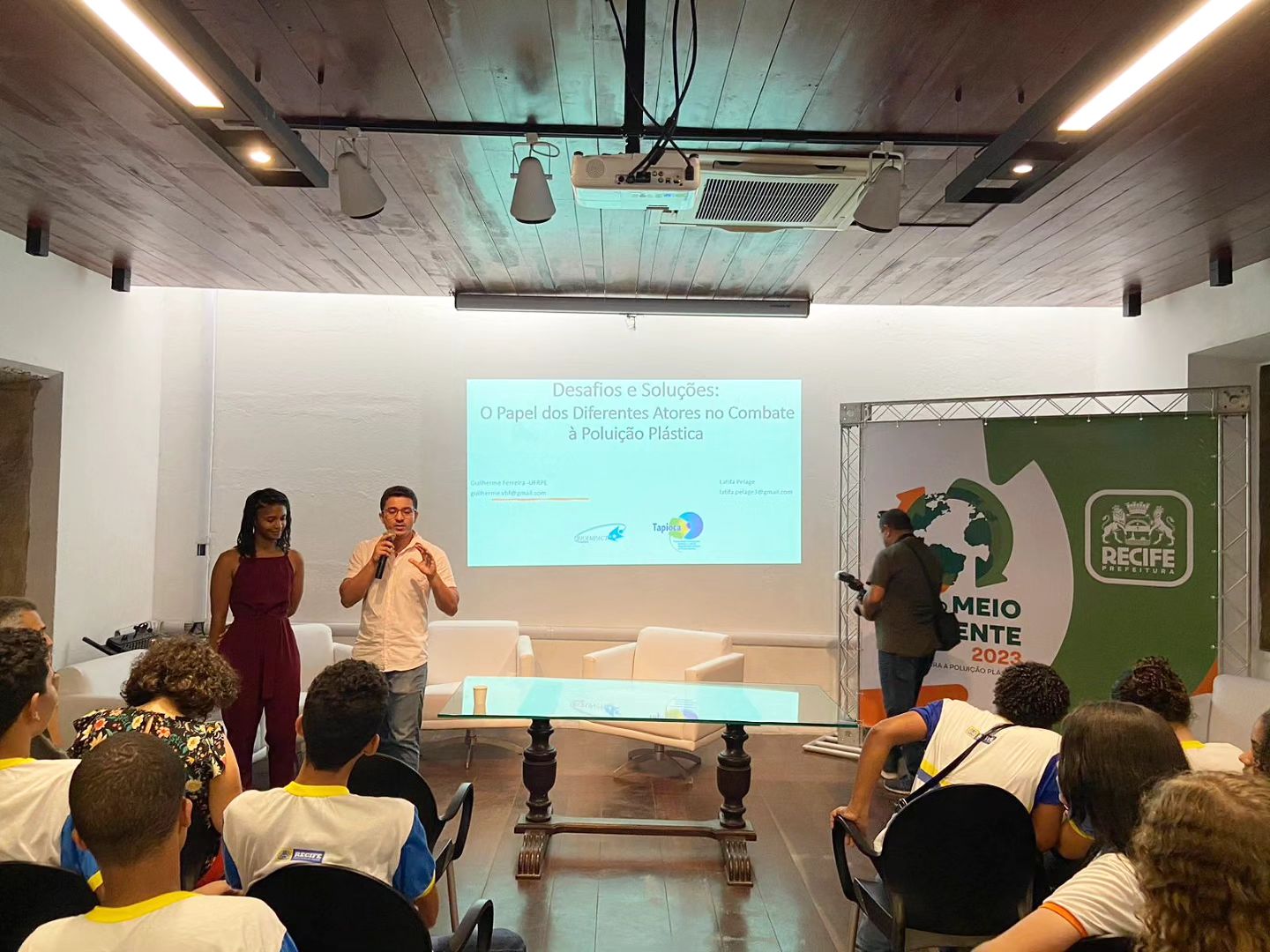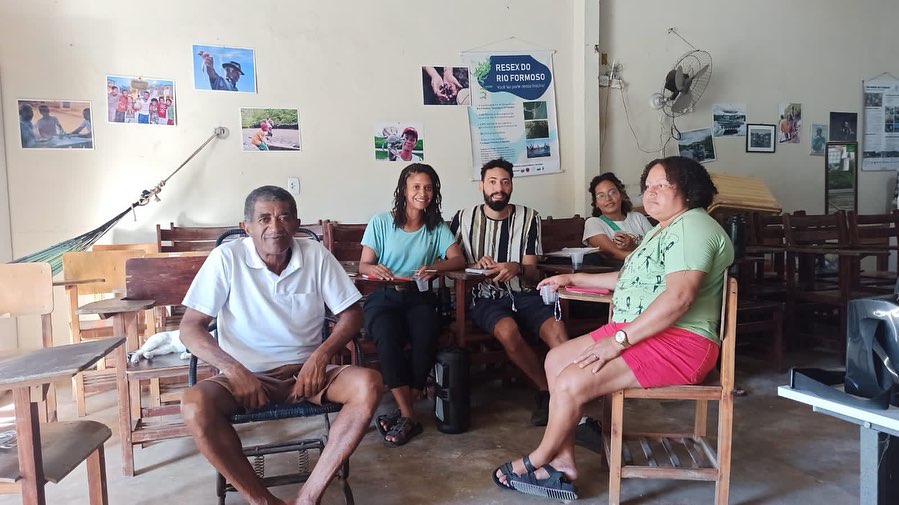From the 8th to the 16th of July, the enchanting shores of Ubatuba, Brazil, became a hub of intellectual exchange as the COCOBRAZ (Characterization of
Phytoplankton size structure, a major determinant of trophic structure and biogeochemical functioning in pelagic ecosystems, can be described by the slope of the size-abundance spectrum
In March 2016, the passage of a cold front on the southern coast of Brazil generated extreme meteo-oceanographic conditions along the southern Brazilian coast. This
Marine mammals are considered sentinel species and may act as indicators of ocean health. Plastic residues are widely distributed in the oceans and are recognised
Mesopelagic zones (200–1,000-m depth) are characterized by relatively low light levels, cold waters, and often limited oxygen, forming a stable yet challenging habitat for their
Plastic pollution is present in most marine environments; however, contamination in pelagic predators, including species of economic interest, is still poorly understood. This study aims
Global change has a significant impact on coastal populations and their reliance on coastal ecosystems and resources. This is particularly true for small-scale fisheries (SSF)
During the celebration of Environmental Week in the city of Recife, the IJL Tapioca Group stood out as one of the protagonists. The event’s program,
Durante a celebração da Semana do Meio Ambiente na cidade do Recife, o Grupo LMI Tapioca se destacou como um dos protagonistas. A programação do
Membros do projeto de extensão LMI Tapioca promoveram reuniões com parceiros durante o primeiro semestre deste ano, visando discutir a cooperação no desenvolvimento de projetos



